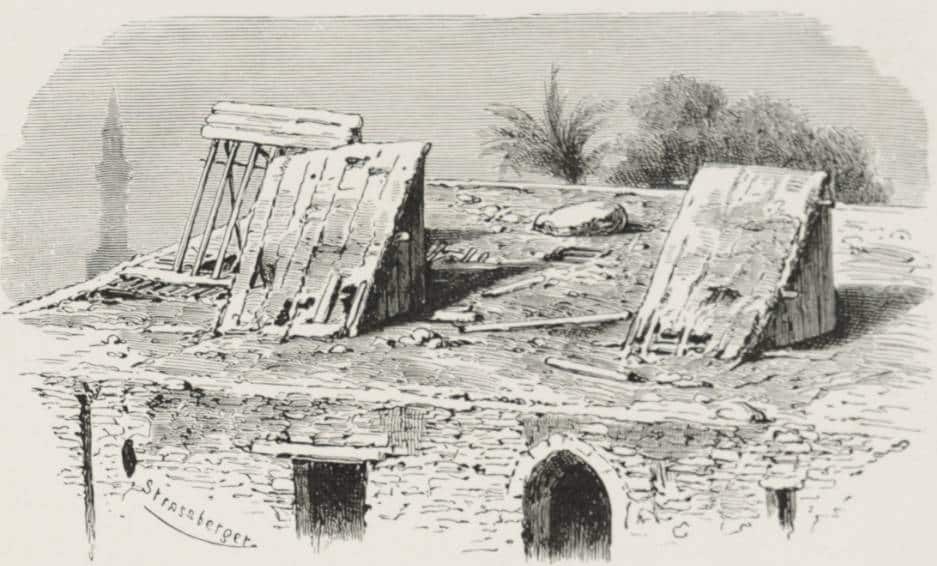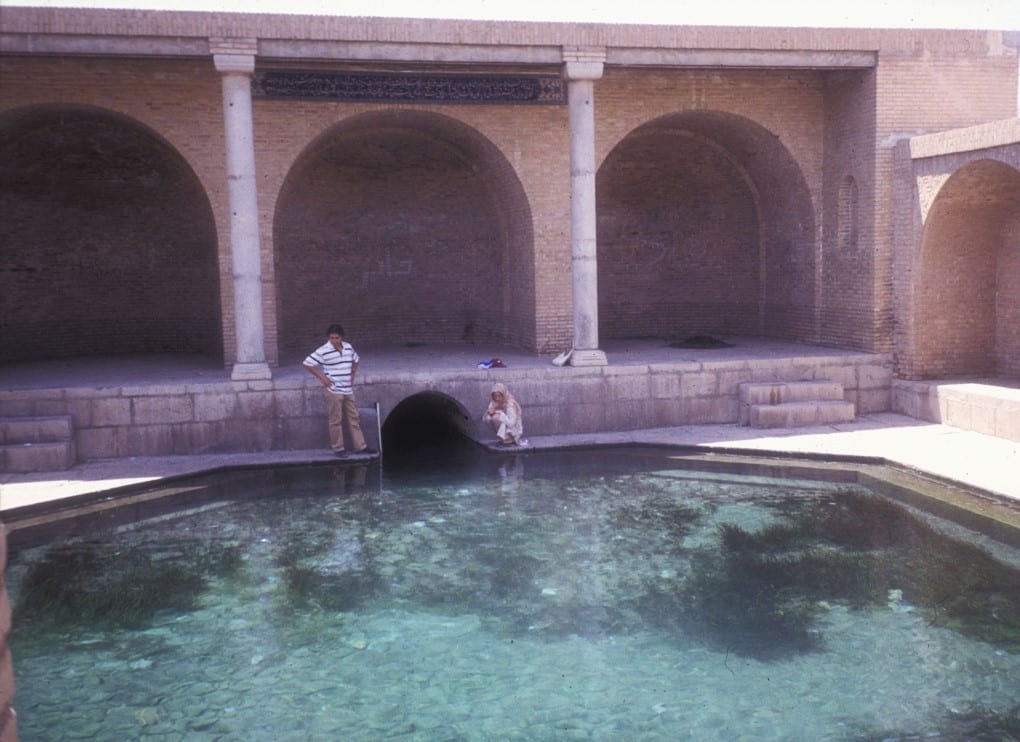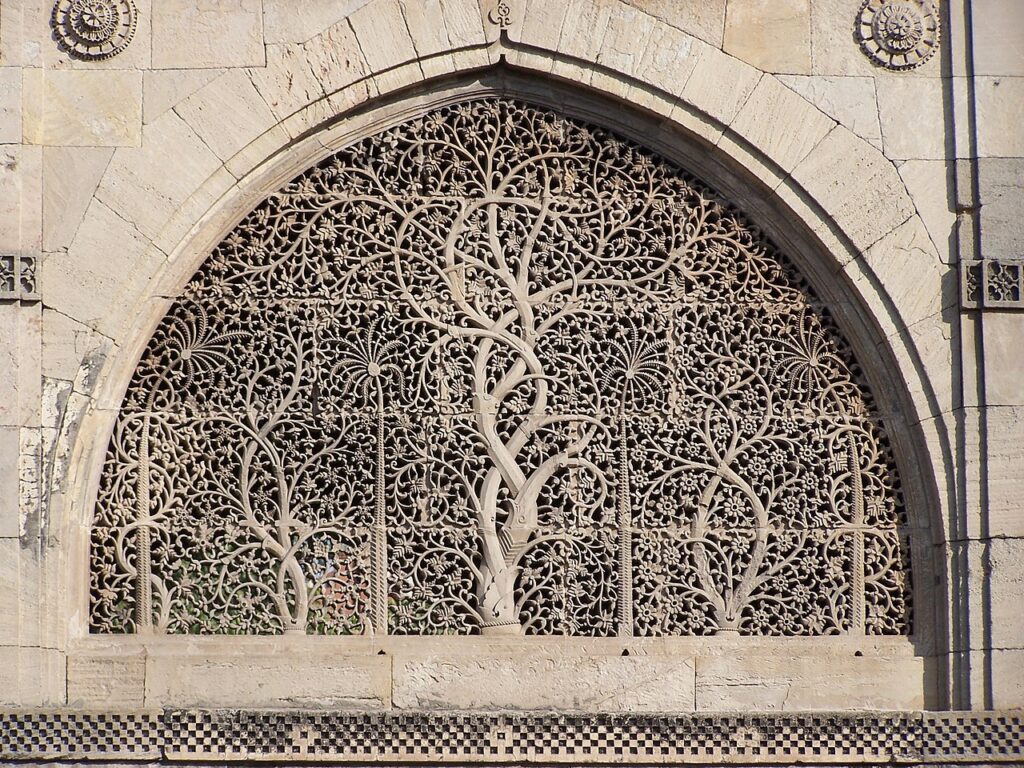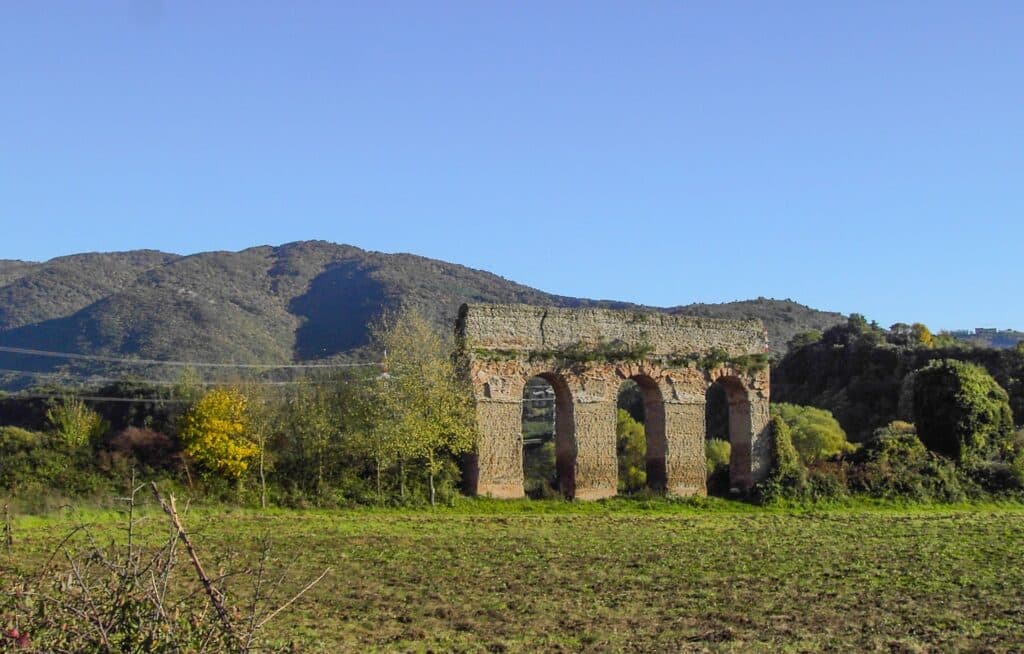Long before air conditioning and modern technology, ancient civilizations devised clever methods to keep their cities cool, even in scorching climates. From using building materials that didn’t conduct heat to reservoirs that surrounded villages, ancient engineers crafted ingenious solutions to battle the heat.
By harnessing natural elements like wind, shade, and water, they developed sustainable cooling techniques that still inspire modern architecture. Dive into the fascinating ways these ancient societies mastered climate control, turning arid deserts and sun-drenched cities into cool, livable spaces without a hint of electricity.
Why Ancient Cities Needed Climate Control
In our modern world, we rely on artificial sources like air-conditioning and refrigeration to beat the heat. Unfortunately, these tools also heat the atmosphere due to their emissions.
The ancients didn’t have access to such quick-fix solutions and were able to develop much more sustainable practices for climate control. Across the ancient world, from the dawn of recorded history up to the medieval era, various civilizations demonstrated that they didn’t need modern technology to maintain comfortable temperatures.
Let’s take a closer look at how the ancient people of Egypt, Mesopotamia, India, Greece, and Rome dealt with inhospitable climates.
1. Ancient Egypt
Let’s start our study of ancient temperature control in Egypt. Much like today, Egypt was a hot, dry country even during its earliest years. Ancient Egyptian civilization is forever linked to the Nile because the river’s floodplains were the only habitable lands on the eastern fringes of the Sahara desert.
Finding ways to beat the oppressive heat of the region was just as necessary for the survival of the Egyptian civilization as learning how to harness the awesome power of the Nile’s seasonal floodwaters.
Smart, Sustainable Building Materials
Climate control started with choosing the right building materials. Bricks made of river mud mixed with straw or animal hair were the most common materials in ancient Egypt. Indeed, until the 21st century, mud brick houses were familiar sights across Egypt from its cities to its rural communities.
The reason mud bricks were such an apt choice for the region is mud is a very poor conductor of heat. This means that it prevented external heat from penetrating the house during the hottest parts of the day. It also retained the warmth that collected inside when temperatures dropped.
Bringing The Wind Indoors
From commoners to pharaohs, mud bricks were an omnipresent building material in ancient Egypt. However, the larger and grander dwellings of the nobility added more architectural features that helped cool down their interiors. Along with ancient Mesopotamians, the Egyptians were among the first civilizations to start integrating wind-catchers into their buildings.
In Egypt, wind-catchers were called “malqaf.” These were high towers that extended above the building’s roof with narrow, vertical openings that faced the direction of prevailing winds. These openings trapped the wind as it blew, channeling it down the tower’s shaft and into the building, cooling the interior.

The Cooling Power Of Evaporation
Not every home in Egypt was tall enough to feature a malqaf. However, these dwellings still relied on the wind to bring down the temperatures in their homes. Reed mats placed over windows and doors acted as shades, blocking the sunlight. Additionally, the mats also obstructed the flow of wind.
As a solution, these mats were regularly sprayed with water. When the wind blew, the moisture in the soaked mats would start to evaporate, drawing in heat from the surroundings in the process. Essentially, these soaked reed mats were arguably the earliest version of a window AC in human history!
2. Mesopotamia
The Fertile Crescent, the lands between the Euphrates and Tigris rivers, was another hotspot for ancient civilizations for several reasons. Some of history’s oldest archaeological finds have been found in this area.
It was also one of the hottest and driest regions on the planet. Mesopotamian kingdoms were home to important advances in agriculture, urban planning, and legal frameworks. None of those impressive achievements would have been possible if ancient Mesopotamians hadn’t developed effective ways to control the soaring temperatures in their cities.
Sticking Together To Beat the Heat
Like the Egyptians, ancient Mesopotamians were aware of how useful mud bricks were in the hot, Middle Eastern climate. Their cities, which were some of the oldest in the world, were constructed using mud bricks as the main building material. They added their own innovations to the technique as well.
In the Mesopotamian cities that emerged during the Sumerian civilization, houses were clustered together with shared walls. This meant fewer surfaces of the houses were exposed to the heat of the sun, making the rooms within much cooler. Sumerian homes also relied on thick exterior walls and very small windows to keep out solar radiation.
Using the Insulating Properties of Air
Mesopotamian settlements employed many other architectural techniques to beat the heat. These methods illustrate a keen understanding of design principles and climate control. One interesting example was discovered at Hamoukar, a city that thrived around 4000 BC.
The homes in Hamoukar featured double-walled living quarters. A two-inch gap between the exterior and interior walls allowed air to flow around the home. As far back as 6,000 years ago, the Mesopotamians laid the groundwork for what would eventually become central air-conditioning systems!
Water and Wind: A Cool Combination
The wind-catcher is a prominent design element in homes across the Middle East, even today. While the Egyptians had the malqaf, the Mesopotamians put their own spin on the concept. They used underground canals, called “qanat,” in combination with wind-catchers called “badgir.”

The system relied on qanats which were built beneath the basements of homes. Air was channeled into shafts that flowed over these hidden canals while the water that ran through them created a cooling effect. This allowed cool air to enter homes and flow through structures. It would then escape through the badgir.
One of the best examples of this form of temperature control was found on the island of Failaka, known to host its first settlers in 2000 BC.
3. Ancient India
India has been home to some of humanity’s earliest civilizations, such as the Harappan culture. Due to its subtropical location, India can get oppressively hot and humid. So the ancient Indians who lived along the fertile river basins and plains of the subcontinent had to come up with their own techniques to counter the effects of the climate.
Working With Water
When it comes to overcoming hot conditions, water plays an important role. The ancient Indians understood this and worked toward unlocking the moderating power of water on the climate. Many ancient Harappan cities featured large reservoirs in or around the main town.
These were communal spaces where locals would gather water for their household needs. Also, the process of evaporation from these massive reservoirs had a cooling effect on the surrounding areas.
In the more arid regions of India, people had to dig deep into the earth to reach the water table. This led to the development of step-wells, known as “baoris.” Descending several meters below ground level, these structures featured concentric rings of steps that led down to a central water source. The Indian step-wells operated on the same principle of evaporation that Harappan reservoirs used to cool their surroundings.
Hydration To Beat the Heat
Anyone who has spent time in a hot humid climate knows how quickly the body can get dehydrated from perspiration. Keeping cool drinks nearby was a must in ancient India. To keep their water at a pleasant drinking temperature, ancient Indians developed a clay pot known as a “matka.”
These matkas are still in use across India today. Because they are made of porous clay, they allow droplets of water to seep through the vessel and form on its exterior. In turn, the hot climate causes these drops to evaporate, pulling heat from the remaining liquid inside the matka. This leaves the water within the vessel at a cool drinking temperature, allowing people to refresh themselves despite the surrounding heat.
Converting Hot Air To Cool Breeze
One way ancient Indians kept their homes cool was to ensure a flow of cool breeze throughout the home. But how did they manage that when the air outside was so hot? The answer—they used an architectural feature that combined scientific understanding with a flair for aesthetics.
Even today, it’s possible to see many buildings in India with a perforated, double-walled exterior facing the direction of the wind. These are known as “jaalis.” While it may seem like a purely decorative element, the design has a practical intent. The openings on the outside are larger than the ones facing the interior rooms. As the air flows through the perforations, its surface area decreases and the wind increases in velocity, allowing it to blow through with more strength as it enters the home.

The jaali uses the Venturi Effect to increase airflow and cool down homes in India. A similar concept is also seen in Middle Eastern structures where it is known as “mashrabiya.” It began being used in the medieval period.
4. Greece and Rome
Ancient Greece and Rome shared many similarities, from their pantheon of name-swapped gods to their Mediterranean climates. With both cultures heavily influencing each other, it’s worth looking at their climate control measures together.
Aqueducts and Fountains
Even though most people associate aqueducts with Roman engineering, it’s quite possible that they learned how to build them from the Greeks. Some of the earliest discovered examples of aqueducts are found on the Greek island of Crete. They are believed to have been built by the Minoan civilization around 2000 BC.
By the rise of the Roman Empire around the 1st century BC, aqueduct engineering had advanced to a remarkable degree. Romans used underground channels and massive overhead bridges to direct the flow of water to where they wanted it in their city. In the villas of wealthy Romans, the aqueducts would connect to ceramic or lead pipes within the walls, allowing water to flow through the house and have a cooling effect.

Outside the home, the Greeks and Romans were fond of dotting their urban settlements with fountains and parks. Fed by the aqueducts, these fountains and green spaces became public gathering places with temperate micro-climates of their own.
Using the same idea, ancient Rome supplemented underground waterways with air ducts installed under their floors. Like water, warm and cool air moved through these passageways, enabling bathhouses and other structures to benefit from insulation.
Climate-Responsive Architecture
Ancient Roman and Greek monuments have an air of grandeur about them, with their imposing stone edifices. This wasn’t just an aesthetic choice. The thick stone walls used to build Roman and Greek palaces, temples, and arenas served as insulation, blocking light and heat.
Their understanding of architectural principles was compiled into texts by contemporary scholars, and serve as some of the earliest architectural treatises known to history. One notable example is De Architectura, a 10-volume text that covers various building principles to make structures more comfortable for inhabitants.
The widespread use of open courtyards in the center of the home is not limited to Greek and Roman dwellings, but their structures boast some of the most impressive and well-preserved examples. This allows us to understand the exact purpose of the courtyard in home design.
During the day, the rooms facing the courtyard would have their doors open, allowing hot air to escape and rise through the yard’s open roof. At night, the doors would be closed, trapping the remaining heat of the day inside as temperatures dropped.
Conclusion
Throughout history, humans have tried to counter the effects of climates through inventive design. These ancient methods to keep cities cool show us that we don’t have to rely solely on electricity or fossil fuels to regulate our temperature.
Thoughtful construction that respects local architectural heritage can help us achieve a more sustainable approach to building and development. All we have to do is look to history for inspiration.

